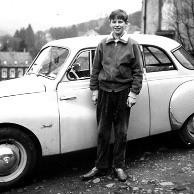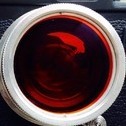I’m Back digital back for analog M bodies
-
Recently Browsing 0 members
- No registered users viewing this page.
-
Similar Content
-
- 58 replies
- 6,492 views
-
Analog memories. 1 2
By DC-S5,
- 22 replies
- 1,851 views
-
- 0 replies
- 422 views
-
- 9 replies
- 585 views
-
- 18 replies
- 1,062 views
-





Recommended Posts
Join the conversation
You can post now and register later. If you have an account, sign in now to post with your account.
Note: Your post will require moderator approval before it will be visible.